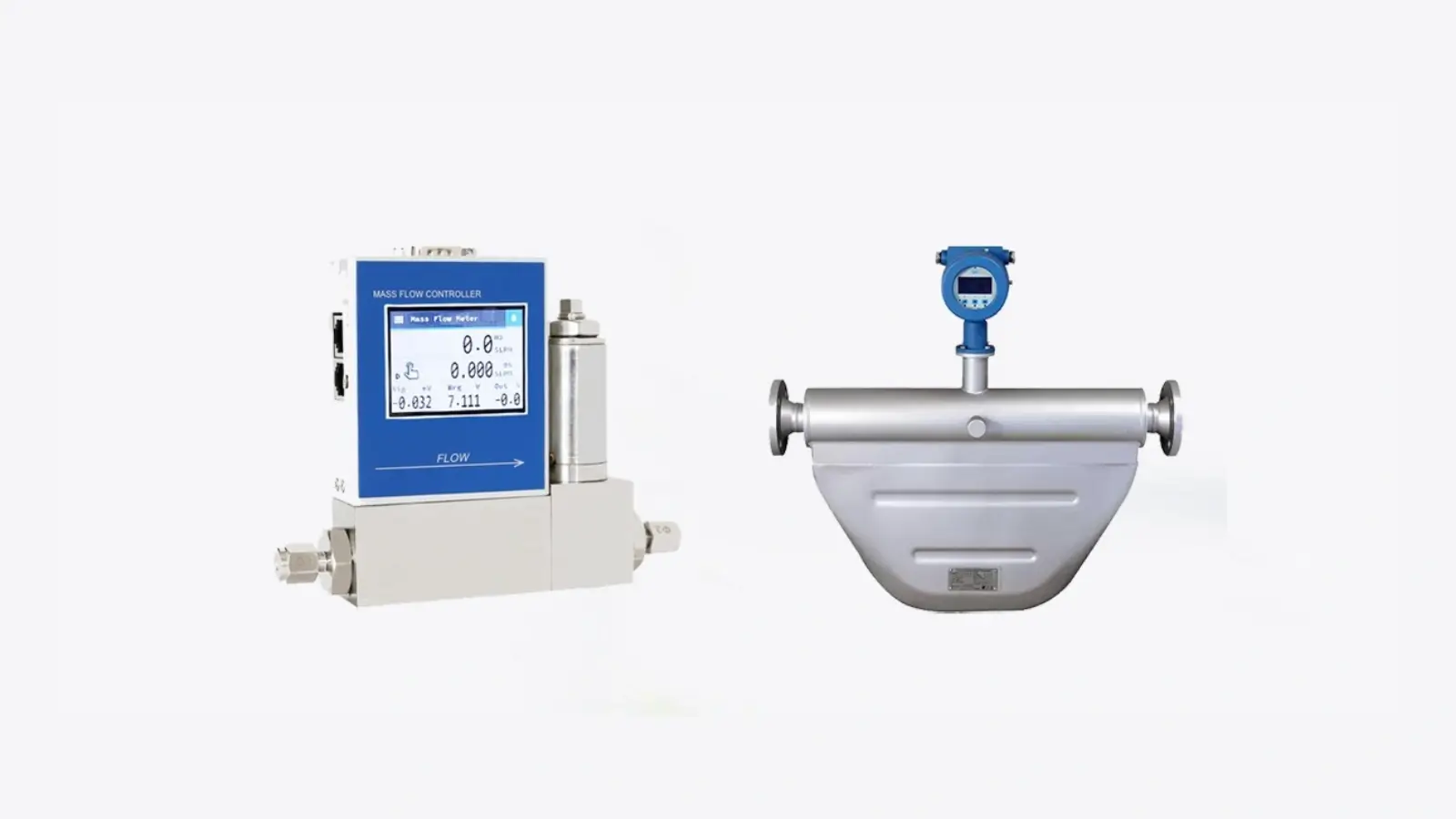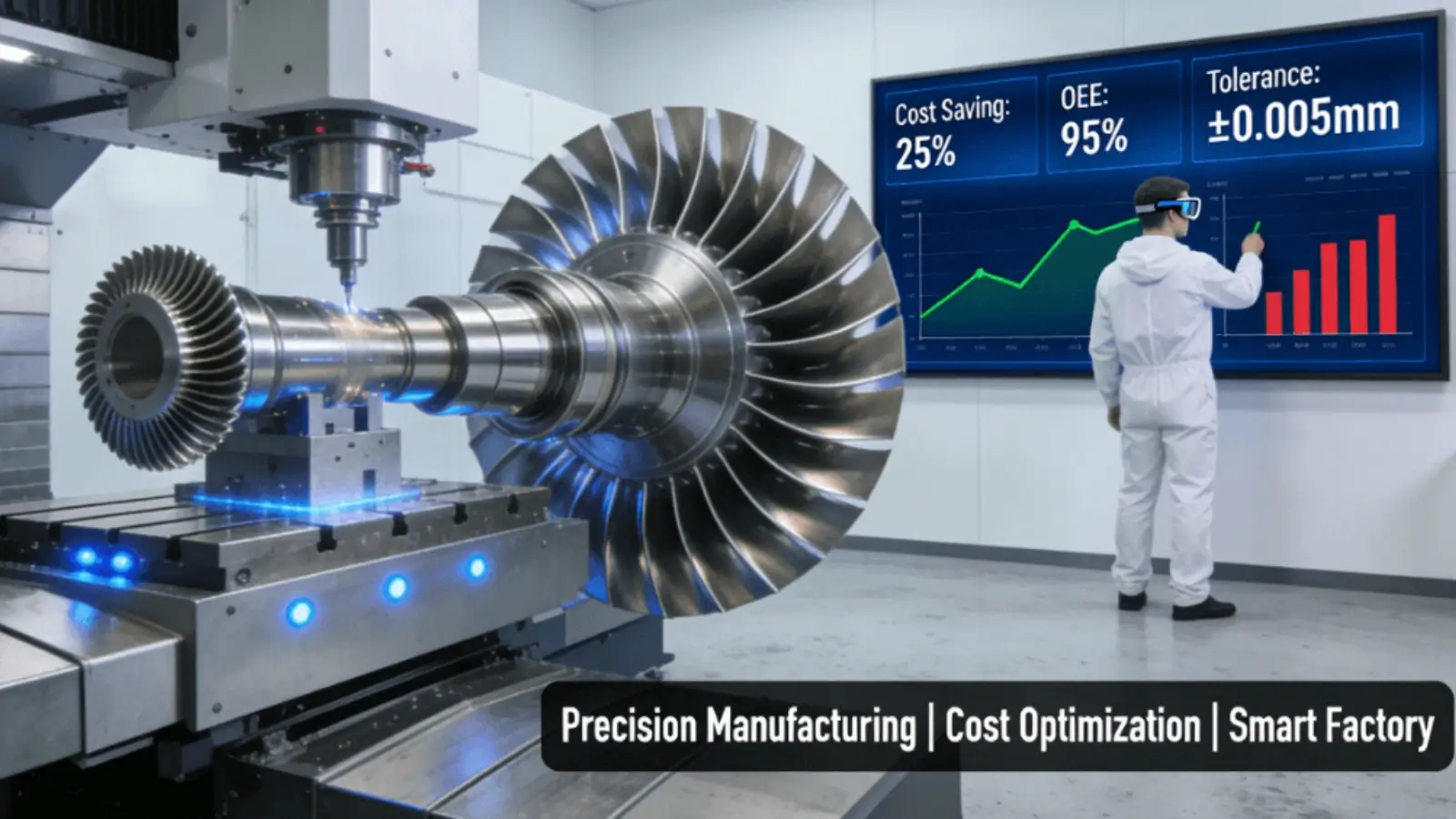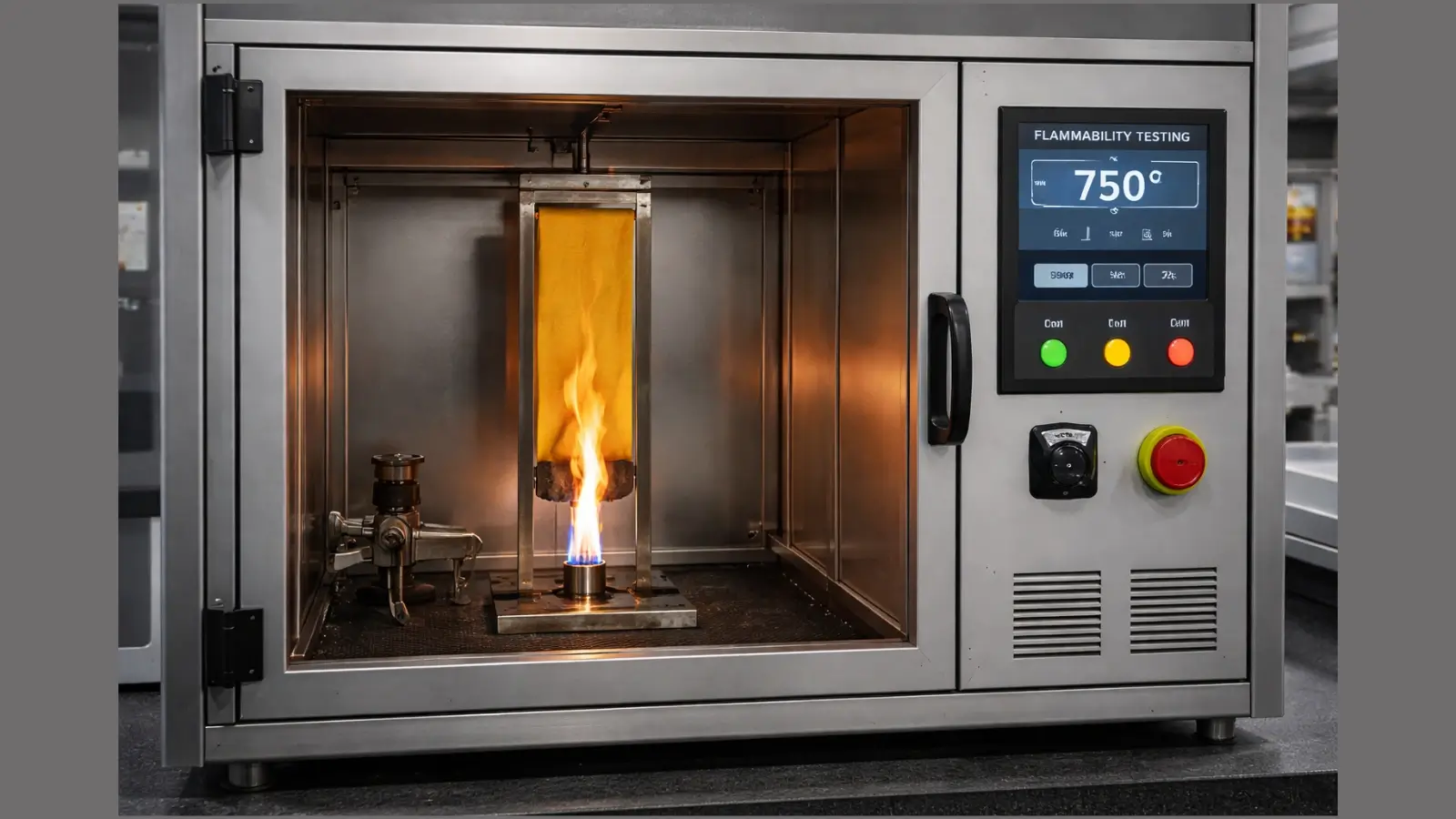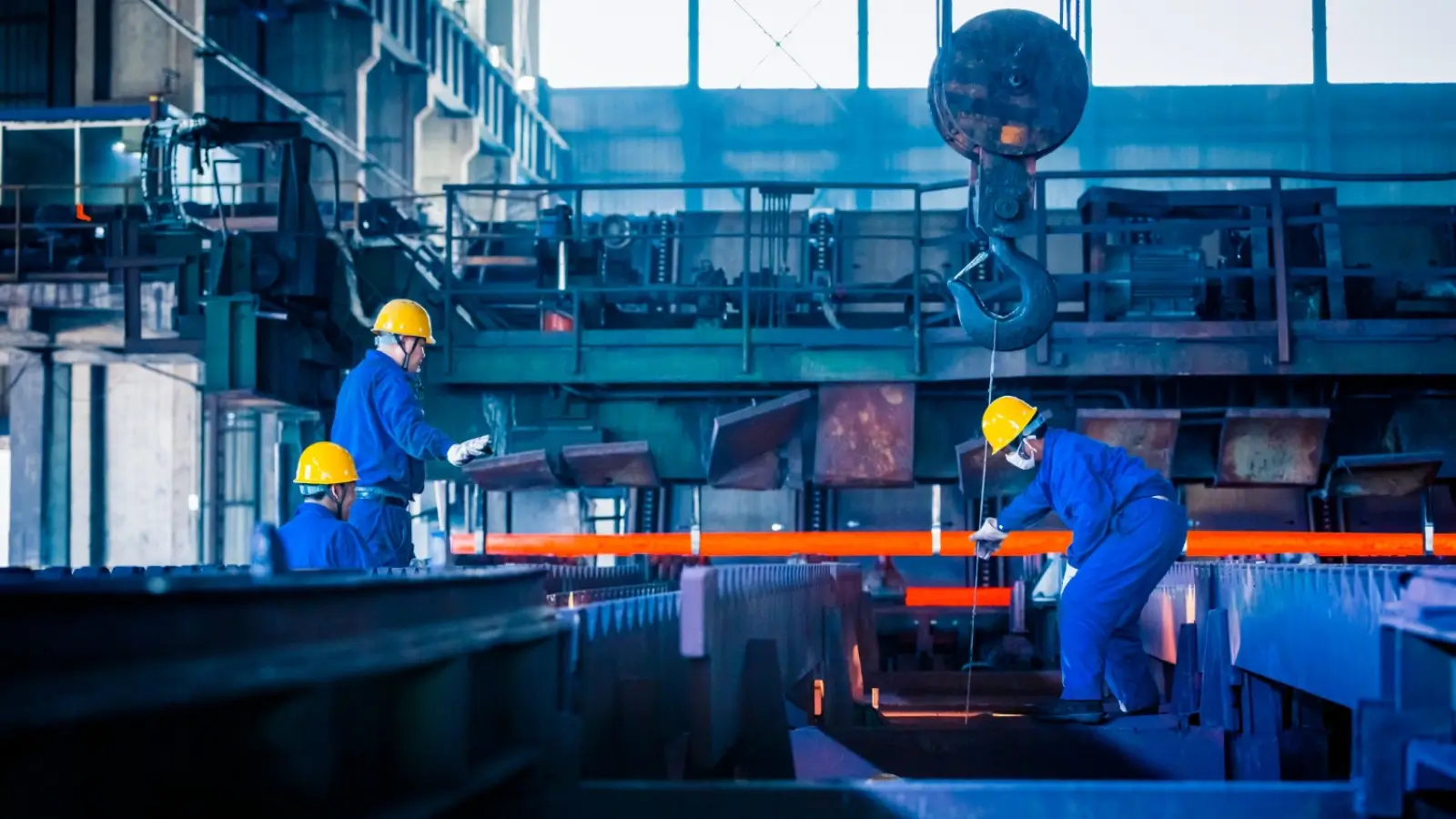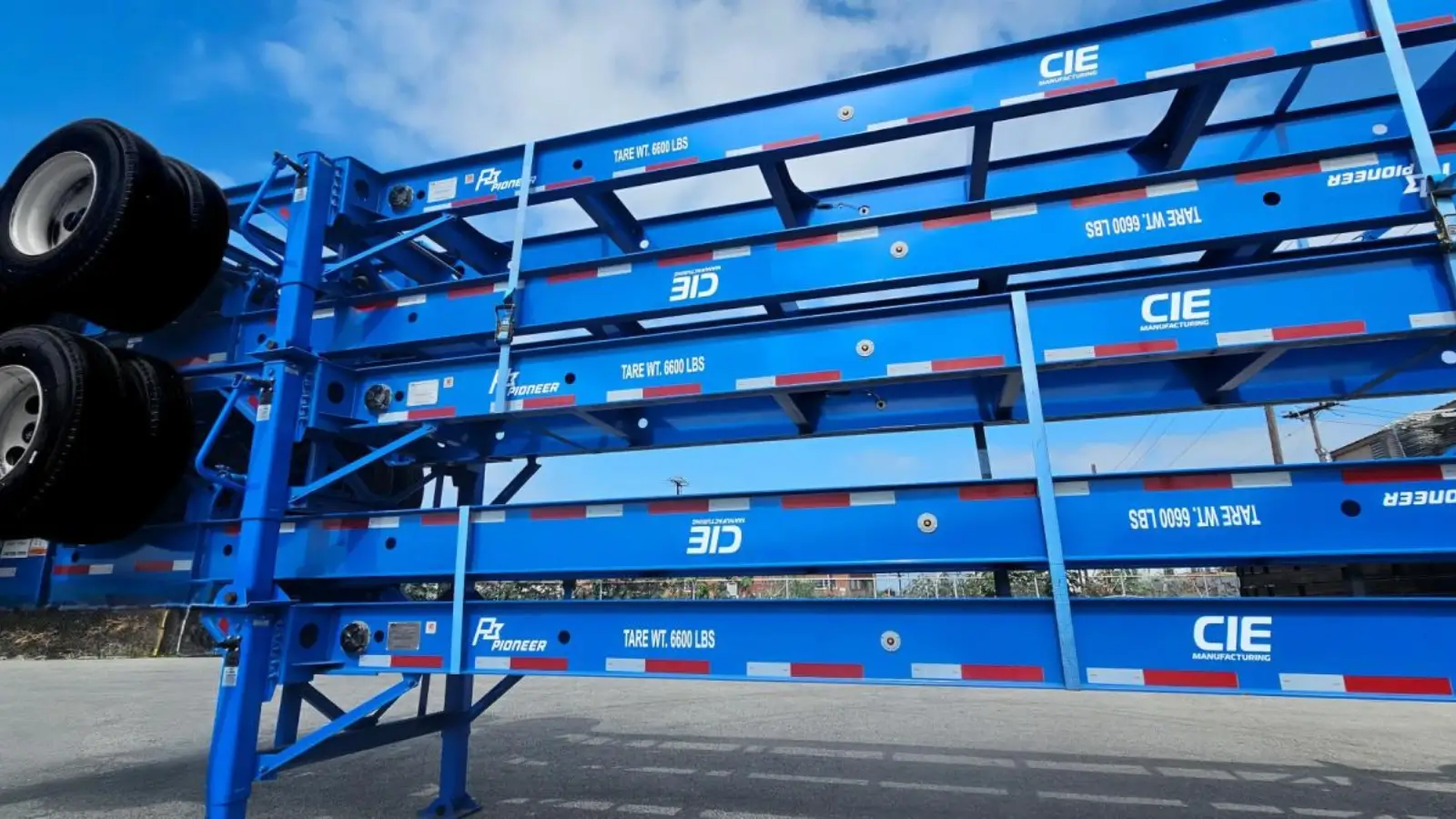In today’s fast-paced market, manufacturers are under constant pressure to produce more in less time. Customers expect quick turnarounds, competitive prices, and consistent quality. For manufacturers, this means finding ways to move faster without cutting corners.
Streamlining production has become a key focus across the industry. But the goal isn’t speed alone—it’s about building efficient systems that still support long-term product reliability. Rushing through work may boost output in the short term, but it can also lead to defects, waste, and rework.
The challenge is simple: How do you make things faster without sacrificing quality? Many companies are finding that the answer lies in better systems, smarter tools, and cleaner processes.
Cleanliness and Consistency Go Hand in Hand
One of the easiest ways to improve production without risking quality is to focus on cleanliness. Contamination, even in small amounts, can interfere with everything from machine performance to product assembly. Metal chips, oil, dust, or coolant residue can cause misalignment, wear down tools, or ruin coatings.
A clean part is more likely to fit, function, and pass inspection on the first try. That’s why many shops are prioritizing cleaning as part of their production routine, not just at the end of the line.
Many manufacturers now rely on industrial parts washers to keep components free of oil, residue, and particles that can affect performance. These machines are used during or after machining processes to clean parts quickly and thoroughly, helping prevent defects and keeping lines moving without delays. By using parts washers at key points in production, teams can catch issues early, reduce rework, and protect downstream processes from contamination.
The use of automated washing systems also speeds up turnaround time. Instead of cleaning by hand or using multiple manual steps, shops can batch-clean parts efficiently. This saves labor and keeps production on schedule.
In industries like aerospace, automotive, or medical device manufacturing, precision matters. A speck of dust or drop of oil can mean the difference between passing inspection and starting over. That’s why clean parts aren’t just a preference—they’re part of the process.
How Standard Processes Help Reduce Mistakes
Alongside clean parts, consistent processes also play a big role in streamlining production. When workers follow a standard set of steps, it becomes easier to avoid mistakes. Everyone knows what to expect, and quality checks happen at the right time.
Shops that rely on clear work instructions, templates, or checklists often see fewer delays. Mistakes are caught before they leave the workstation. Materials are handled the same way by each operator. And there’s less time spent retraining or correcting issues.
Digital tools can also help. Some facilities now use screen-based guides or automated alerts that help operators stay on track. These tools reduce the need for supervision while still keeping tasks aligned with quality goals.
When every step of the process runs the same way across shifts and teams, the entire operation becomes more stable, and that stability helps maintain output without sacrificing quality.
Real-Time Monitoring to Catch Issues Before They Spread
Technology plays a growing role in helping manufacturers stay ahead of quality problems. Many shops now use real-time monitoring systems to track equipment performance, temperature changes, and part dimensions as work is completed. These systems allow teams to spot early signs of trouble before a defective part reaches the next phase.
Sensors placed on machines can track vibration, pressure, and wear. If something drifts out of range, alerts go out instantly. Operators can then pause, fix the issue, and continue without losing a full batch. This type of quick feedback keeps production on track while avoiding waste.
Automated inspection tools also speed up checks without lowering accuracy. Vision systems scan for surface flaws, size issues, or alignment problems while parts move through the line. These tools don’t get tired, and they process more units per hour than manual inspection. That saves time and raises the chance of catching problems early.
Using data this way gives teams more control. It doesn’t slow things down, it allows for quicker decisions that keep production smooth and quality high.
Skilled Teams Keep Production Moving
Technology helps, but people still make the biggest impact. Skilled, cross-trained teams are key to keeping production steady. When employees know how to run multiple machines or switch between tasks, it’s easier to adjust when someone’s out or a process changes.
Cross-training reduces downtime. If a part of the line stalls, someone else can step in without waiting. That keeps the work flowing and avoids backlogs. It also gives employees more flexibility, which can boost morale and reduce turnover.
Communication matters too. Clear updates between shifts help teams know what’s working and what isn’t. Quick morning meetings or simple status boards let everyone stay on the same page. When something does go wrong, the team can respond faster and make better calls.
These habits cut delays and help avoid problems before they grow. A strong team doesn’t just work faster—they work smarter.
How Simple Adjustments Add Up
Streamlining doesn’t always mean big changes. In many cases, small updates lead to noticeable gains. That might include rearranging a work area to reduce walking time, switching to faster-drying adhesives, or using carts that hold parts in the right order for assembly.
Some shops save hours each week by standardizing tool setups or staging materials in advance. Others see improvements by cutting down on manual data entry or using color-coded bins to sort parts.
These changes might seem minor, but they remove friction from the process. When steps are smoother, work gets done faster and with fewer errors. Over time, those minutes add up to serious gains.
Manufacturers don’t need to sacrifice quality to improve speed. With the right approach, it’s possible to build processes that move quickly and still deliver consistent results. Clean parts, clear steps, smart tools, and skilled teams all work together to make that happen. The best results come from a mix of technology and good habits, and the more shops focus on both, the stronger their output becomes.










